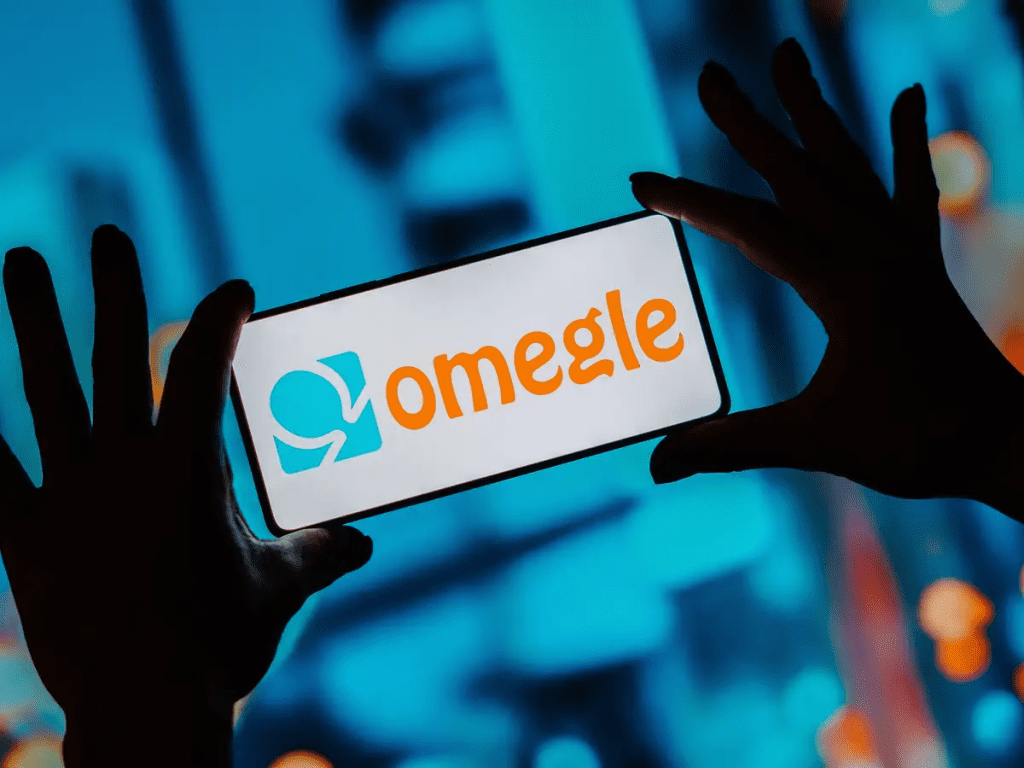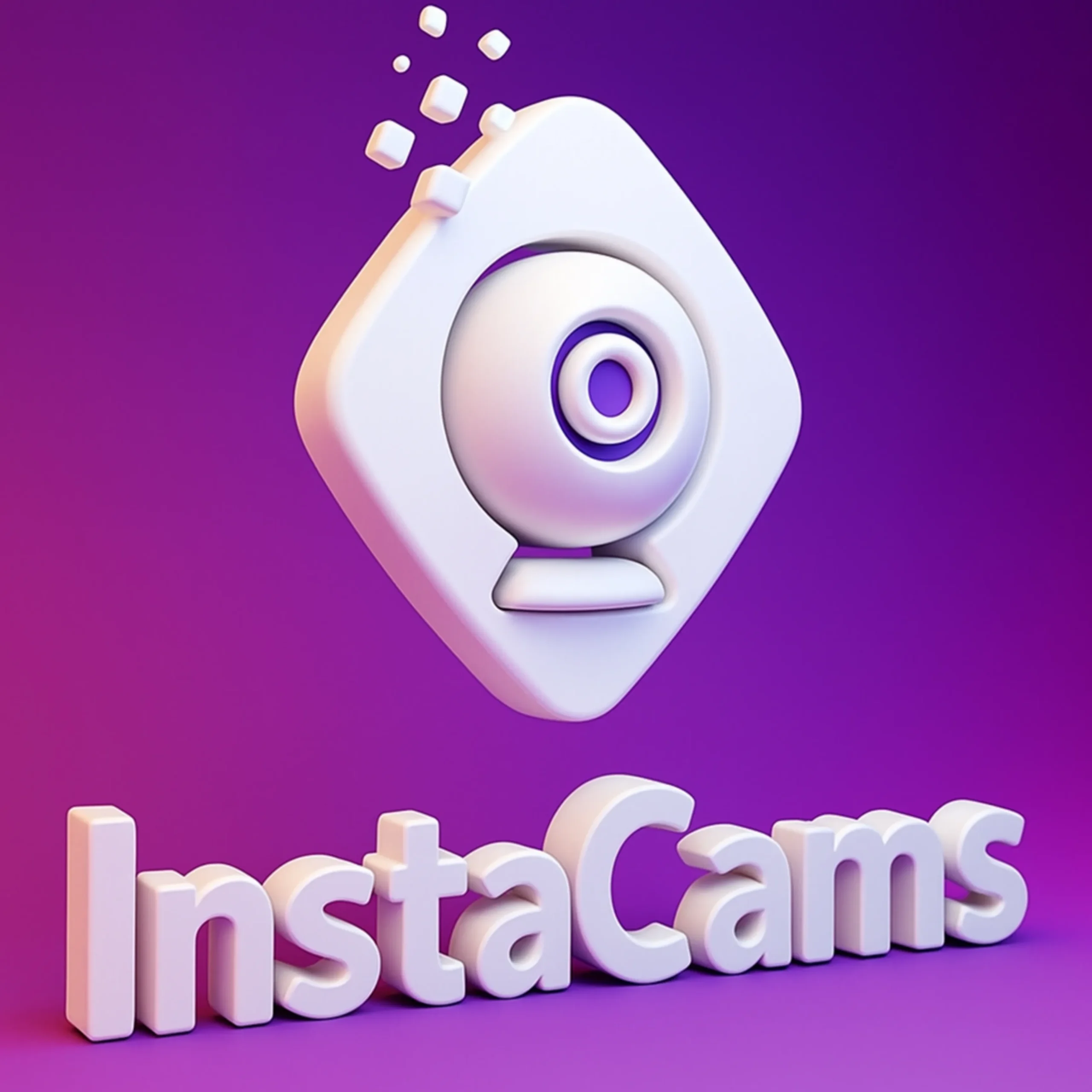Omegle was once the heartbeat of online spontaneity — a place where millions connected daily with complete strangers from every corner of the world. Whether through video or text, it turned casual encounters into unforgettable conversations. Created by Leif K-Brooks back in 2009, Omegle quickly became a cultural phenomenon that inspired nearly every random video platform we know today.
Popular Alternatives:
Its magic? Anonymity and unpredictability. No profiles, no bios, no filters. Just you, your webcam, and the surprise of who appeared next. But after more than a decade of highs and controversies, Omegle officially shut down in late 2023, marking the end of an era and the birth of its spiritual successors.
This review breaks down how Omegle worked, why it became legendary, and which platforms now carry its torch.
Overview

Omegle was a roulette-style cam-to-cam and text chat platform built for maximum simplicity. You’d open the site, choose “text” or “video,” and instantly match with a stranger. No sign-up, no fees, and no identity required. Each chat was anonymous — participants were labeled simply as “You” and “Stranger.”
The rhythm felt electric: fast hellos, quick skips, sometimes hours-long chats if the vibe clicked. It turned randomness into entertainment and connected millions who otherwise would’ve never met.
Core strengths:
- Speed and simplicity: Live chat in seconds without registration.
- Accessibility: Worked on any browser, desktop, or mobile.
- Global diversity: People from every country online at any hour.
Trade-offs:
- No moderation consistency: Encounters could be unpredictable.
- Safety concerns: Total anonymity meant exposure to inappropriate users.
- No user control: No filters for interests, age, or behavior.
Best fit: Those who loved raw, unfiltered human connection — fast, random, and real.
How Omegle Worked
Omegle’s interface was famously minimalistic. Within seconds of visiting the homepage, you’d be chatting live with someone random. Here’s what the flow looked like:
Step-by-step experience
- Visit Omegle.com.
- Choose your mode: text or video.
- Add interests (optional): to match with like-minded users.
- Allow permissions: for mic and camera if using video.
- Start chatting: instantly paired with another user.
- Click “Next” anytime to skip to a new stranger.
The entire process took less than ten seconds. That frictionless entry — plus the excitement of unpredictability — is what made Omegle addictive.
Features
Anonymous Text Chat
The simplest feature: no cameras, no names. Just a text box between you and a stranger. Perfect for people who valued words over visuals.
Video Chat Mode
This was Omegle’s defining tool — instant webcam pairing for spontaneous face-to-face interaction. You could talk, sing, debate, or simply observe.
Interest Matching
Users could type topics like “music,” “fitness,” or “movies” so Omegle’s algorithm could connect them with others sharing those words.
Spy Mode (Question Mode)
An experimental mode where one user posed a question, and two others debated it while the “spy” observed. It added a unique twist to the platform.
Unmoderated Section
A controversial feature that allowed fully unfiltered chats, leading to both fame and notoriety.
Mobile Access
Though no dedicated app existed for years, Omegle adapted for browsers on mobile devices, keeping chats quick and responsive.
User Base
At its peak, Omegle attracted tens of millions of monthly users. Teenagers, gamers, musicians, language learners, and curious explorers made up the majority. While it started as a novelty, it evolved into a subculture.
Highlights of the community:
- High concentration of Gen Z and college students.
- Night-time usage spikes from Western countries.
- Frequent crossover between genuine conversation and comedic trolling.
Despite minimal structure, its sheer scale made Omegle a digital melting pot — unpredictable, sometimes chaotic, but always alive.
Advantages
- Instant connection: No setup or profile creation.
- Freedom and anonymity: Ideal for people exploring different ideas or identities.
- Cultural exchange: Conversations bridged language and geography.
- Completely free: All core functions accessible without payment.
- Historic impact: The foundation for nearly every random chat platform today.
Disadvantages
- Safety risks: Total anonymity invited harassment and explicit behavior.
- No age verification: Minors often joined without protection.
- Lack of user control: Limited ability to select gender or region.
- Moderation gaps: Hard to enforce community guidelines effectively.
- Shutdown impact: Official site no longer active.
Pricing
Omegle was completely free to use — no memberships, upgrades, or paywalls. Its simplicity and zero-cost model made it globally accessible but financially unsustainable in the long run.
After its closure, several successors introduced freemium models (offering paid filters and HD streaming), balancing costs with safer design.
Safety
Omegle’s freedom was its biggest risk.
While the platform claimed to monitor content, moderation was partial and reactive. Many users, especially younger ones, encountered explicit behavior or scams.
Smart safety practices that applied then — and still apply now:
- Never share your name, location, or social handles.
- Use strong lighting and neutral backgrounds.
- Disconnect immediately from inappropriate behavior.
- Use VPNs to protect IP visibility.
- Remember: anonymity online does not equal safety.
Why Omegle Shut Down
In late 2023, Leif K-Brooks, the founder of Omegle, officially announced the platform’s shutdown after nearly 14 years of continuous operation. His statement wasn’t just a goodbye — it was an acknowledgment of how drastically the online landscape had changed. In his words, the dream of maintaining a “completely free and anonymous chat platform in today’s internet climate” had become impossible.
The decision came after years of mounting moderation challenges, legal scrutiny, and increasing misuse. As Omegle’s user base grew into the tens of millions, so did the complexity of keeping it safe. The site had once been a playground for random, lighthearted conversation — but over time, that spontaneity became harder to protect. Cases of inappropriate behavior, misuse by minors, and the absence of effective identity verification made it difficult to sustain the kind of open environment that originally defined Omegle’s charm.
Brooks explained that even with automated moderation and community reporting systems in place, bad actors outpaced safeguards. What began as a passion project for connection started demanding corporate-level infrastructure and legal defenses — both financially and emotionally draining for an independent creator. The balance between freedom and responsibility simply collapsed under the weight of modern internet realities.
The shutdown wasn’t just the end of a website — it marked the end of an era in online culture. Omegle had inspired an entire generation of social platforms, from CooMeet to Shagle, all carrying fragments of its DNA. It pioneered the concept of random, real-time connection between strangers long before TikTok Lives or Instagram Reels made it mainstream.
Yet, in many ways, Omegle was too raw for the modern web. The same anonymity that made it thrilling also made it vulnerable. Today’s internet demands accountability — verified profiles, community guidelines, and AI-driven moderation — concepts that clashed with Omegle’s founding philosophy of unfiltered human spontaneity.
Still, its spirit endures. Every time someone hits “Start” on a random video chat, they’re echoing the world Omegle created: one of curiosity, imperfection, and the timeless desire to connect with someone completely new.
Alternatives to Omegle
When Omegle closed, users migrated to newer, safer roulette-style sites. These carry the same spirit but with better moderation, design, and features.
| Platform | What It Offers | Best For |
|---|---|---|
| CooMeet | Verified female profiles & gender filters | Authentic face-to-face chatting |
| Chatspin | Mobile app, AR filters, fun design | Quick casual chats |
| Bazoocam | Classic Omegle vibe, fast matching | Nostalgic Omegle users |
| Shagle | Modern interface with reporting tools | Simplicity & variety |
| Camloo | Sleek, browser-based with minimal setup | On-the-go random chatting |
| Chatrandom | Multi-mode (video, group, country filters) | Broader reach and options |
| OmeTV | Strong moderation, millions of users | Safer Omegle alternative |
Each of these replicates Omegle’s spontaneity while improving safety and control — perfect successors depending on your preference.
FAQs
1. What was Omegle used for?
Omegle connected random strangers for text or video conversations, encouraging spontaneous interaction and cultural exchange.
2. Is Omegle still online?
No. Omegle officially shut down in November 2023. However, clones and alternatives continue to exist under different names.
3. Who created Omegle?
It was founded by Leif K-Brooks, an American developer who built it at just 18 years old.
4. Why did Omegle close down?
Rising misuse, moderation difficulty, and legal pressure made it unsustainable.
5. What’s the safest Omegle alternative?
CooMeet and OmeTV are often praised for better moderation and verified profiles.
6. Was Omegle free?
Yes. 100% free with no paid memberships.
7. Did Omegle have an app?
No official standalone app existed; it ran in browsers for desktop and mobile.
8. Could users filter by gender or country?
Only through partial workarounds; true filters were never part of its free version.
9. Was Omegle monitored?
Lightly. Some video chats were flagged, but enforcement was inconsistent.
10. What age group mostly used Omegle?
Mostly teens and young adults (ages 16–30).
11. Can I still access Omegle through mirror sites?
No official version remains active. Be cautious of fake clones.
12. What made Omegle iconic?
Its raw, unfiltered approach to connecting strangers globally—something no other platform had achieved before.
Final Verdict

Omegle will always be remembered as the pioneer of random video chat — the chaotic yet exciting bridge between social networks and true anonymity. It redefined online interaction for over a decade, setting the blueprint for platforms like CooMeet, Chatspin, and Shagle that now dominate the niche.
While it’s gone, its influence lives on. The next generation of random chat platforms has learned from Omegle’s flaws, combining spontaneity with stronger safety and smarter filtering.
If you’re chasing that same spark of unfiltered conversation, Omegle’s legacy continues — just under new names.









